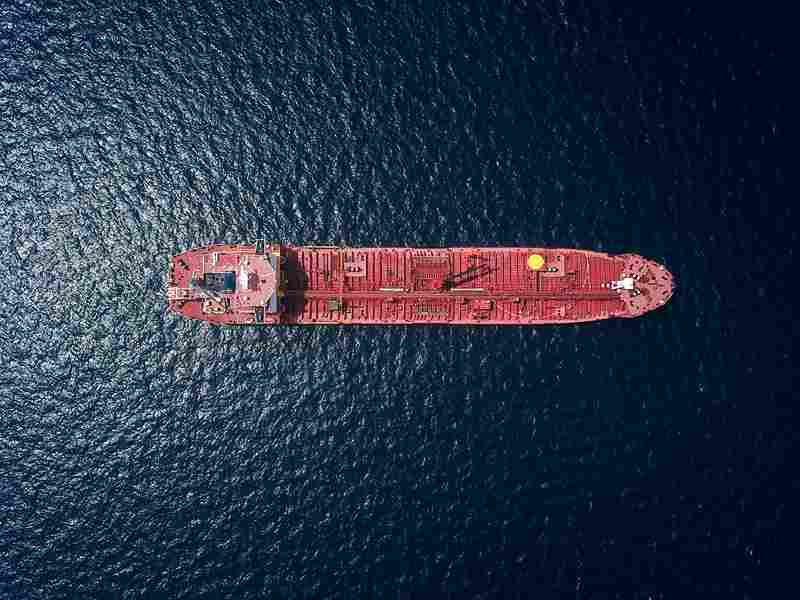
Refining Processes for Bunker Fuel Production
Introduction
Bunker fuels are crucial for powering maritime transport and are produced through intricate refining processes. These processes transform crude oil into various grades of marine fuel, ensuring quality, efficiency, and adherence to environmental standards. This article examines the refining processes involved in producing bunker fuels, highlighting the technological steps essential for achieving these goals.
Overview of Crude Oil Refining
Refining crude oil involves several stages that convert raw crude into usable products. The refining process can be divided into three main phases:
- Separation: The initial phase where crude oil is separated into different components based on their boiling points.
- Conversion: The transformation of heavier fractions into more valuable, lighter products.
- Purification: The removal of impurities to meet specific quality standards.
Primary Refining Processes
Distillation
Atmospheric Distillation: The first step in refining involves atmospheric distillation, where crude oil is heated to about 350°C in a distillation column. The oil vaporizes and rises through the column, condensing at different heights based on boiling points. This process separates crude into various fractions such as:
- Gases: Methane, ethane, propane, and butane.
- Naphtha: Used for gasoline production.
- Kerosene: Used as jet fuel.
- Diesel: Light and heavy diesel oils.
- Atmospheric Residue: The heaviest fraction, further processed in subsequent steps.
Vacuum Distillation: The atmospheric residue undergoes vacuum distillation at reduced pressures to prevent thermal cracking. This step produces:
- Light Vacuum Gas Oil (LVGO)
- Heavy Vacuum Gas Oil (HVGO)
- Vacuum Residue (VR): Used in bunker fuel production.
Conversion Processes
Conversion processes break down heavy fractions into lighter, more valuable products, increasing the yield of desirable fuels.
Catalytic Cracking: Catalytic cracking uses catalysts to break down large hydrocarbon molecules into smaller ones. Fluid Catalytic Cracking (FCC) is a common method, producing gasoline, diesel, and lighter hydrocarbons. Residual heavy oils are further processed to produce marine fuels.
Hydrocracking: Hydrocracking combines catalytic cracking and hydrogenation under high pressure and temperature. It produces high-quality distillates and reduces sulfur content, crucial for low-sulfur fuel regulations.
Coking: Coking thermally decomposes heavy residues into lighter products and solid coke. Delayed coking and fluid coking are two primary methods. This process yields naphtha, diesel, and gas oils, with solid coke used in industrial applications.
Purification Processes
Purification ensures bunker fuels meet stringent quality and environmental standards.
Hydrotreating: Hydrotreating removes sulfur, nitrogen, and metals from fuel fractions by reacting them with hydrogen in the presence of a catalyst. This process is essential for producing low-sulfur fuels and reducing sulfur oxide (SOx) emissions.
Desalting: Desalting removes salt and other inorganic impurities from crude oil, preventing corrosion and fouling in refining equipment. The process involves mixing crude oil with water and demulsifying agents, then separating the aqueous and oil phases.
Deasphalting: Deasphalting removes heavy asphaltenes from residual oils, improving bunker fuel quality and stability. Solvent deasphalting uses light hydrocarbons like propane to precipitate and remove asphaltenes.
Blending and Additization
Post-refining, various fuel fractions are blended to produce bunker fuels that meet specific performance and regulatory requirements. Blending ensures an appropriate balance of properties such as viscosity, density, and sulfur content.
Viscosity Control: Bunker fuels, particularly residual marine fuels, must have controlled viscosity for efficient handling and combustion. Blending with lighter distillates or using viscosity improvers achieves the desired viscosity.
Sulfur Content: To comply with International Maritime Organization (IMO) regulations, especially the MARPOL Annex VI sulfur cap, refiners blend low-sulfur distillates with residual fuels. Desulfurization during hydrotreating also helps meet the required sulfur levels.
Additives: Additives enhance bunker fuel performance and stability. Common additives include:
- Antioxidants: Prevent fuel oxidation and degradation.
- Stabilizers: Improve storage stability by preventing sludge formation.
- Lubricity Improvers: Enhance fuel lubricity to protect engine components.
- Cold Flow Improvers: Prevent wax formation and flow issues in cold temperatures.
Environmental Considerations
Bunker fuel production is subject to stringent environmental regulations aimed at reducing emissions and protecting marine ecosystems.
Sulfur Emissions: The IMO’s global sulfur cap limits sulfur content in marine fuels to 0.50% by weight, effective January 1, 2020. Refiners must use desulfurization techniques and blend low-sulfur components to meet this requirement.
Greenhouse Gas Emissions: Refiners are also exploring methods to reduce the carbon footprint of bunker fuels. This includes incorporating biofuels and synthetic fuels derived from renewable sources, which can lower greenhouse gas emissions.
Waste Management: The refining process generates various waste streams, including spent catalysts, sludges, and wastewater. Proper management and disposal of these wastes are crucial for minimizing environmental impact.
Conclusion
Producing bunker fuels involves a series of intricate refining processes that convert crude oil into high-quality marine fuels. From initial distillation to advanced conversion and purification steps, each stage plays a critical role in ensuring fuel performance and compliance with environmental standards. As the shipping industry evolves, refiners are adopting innovative technologies and practices to produce cleaner, more efficient bunker fuels, supporting sustainable maritime operations.





